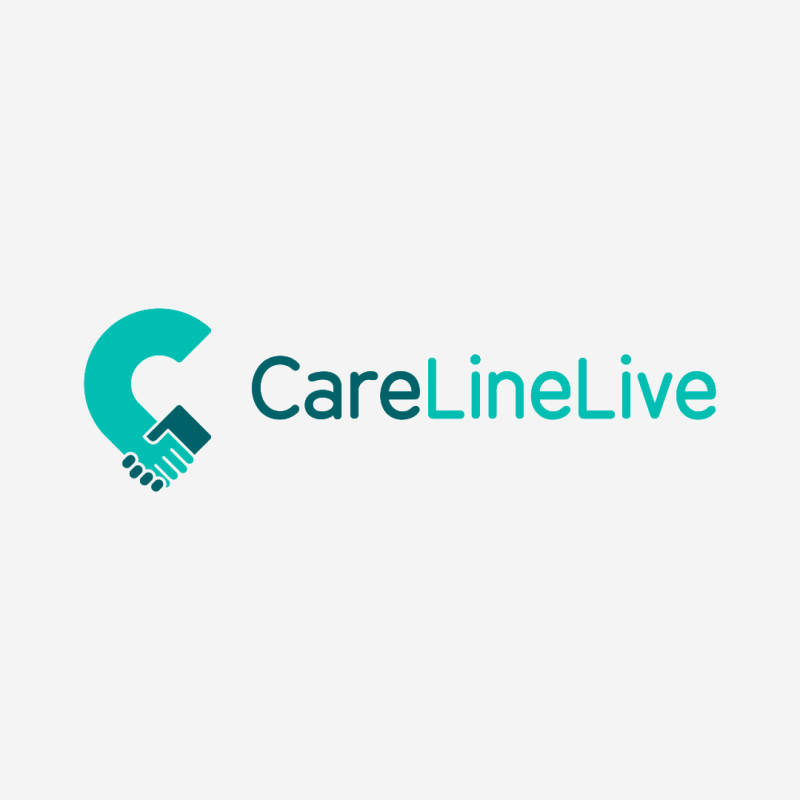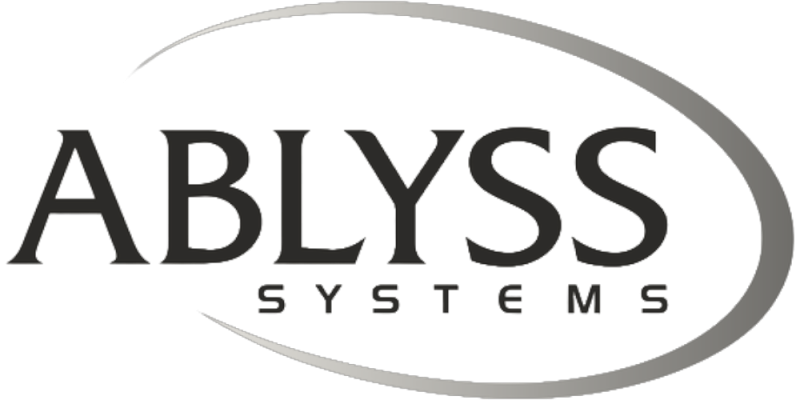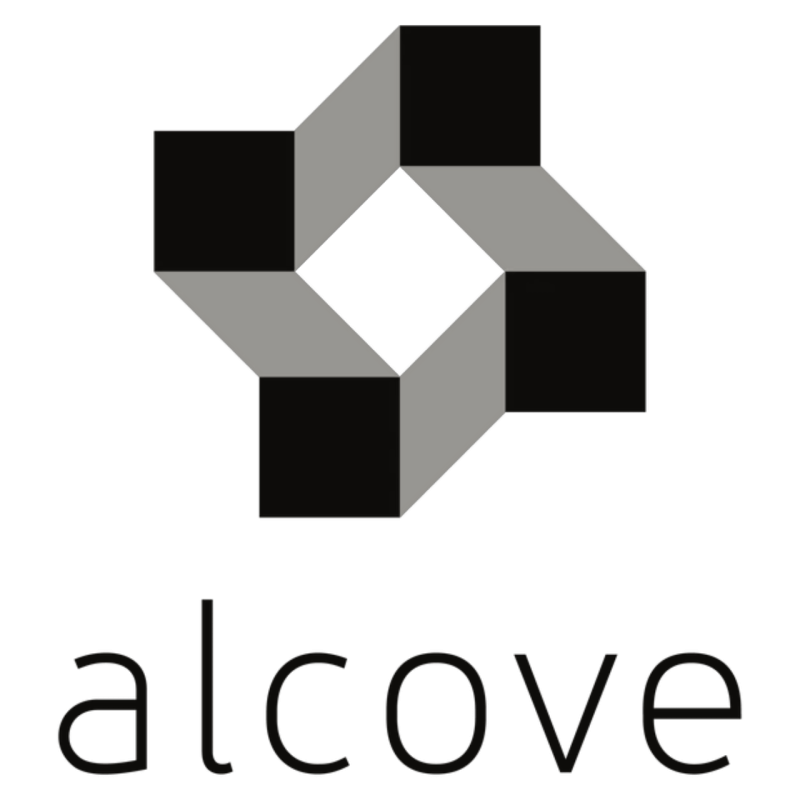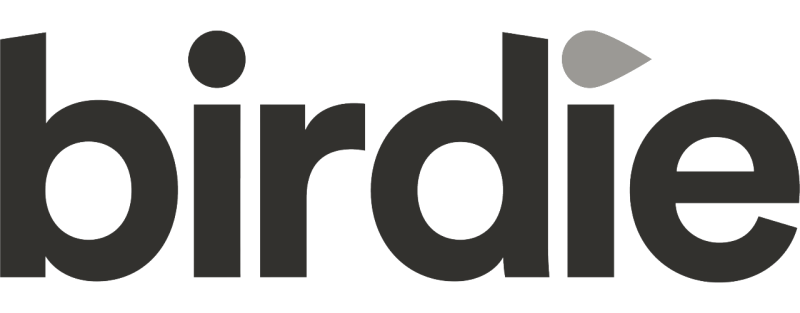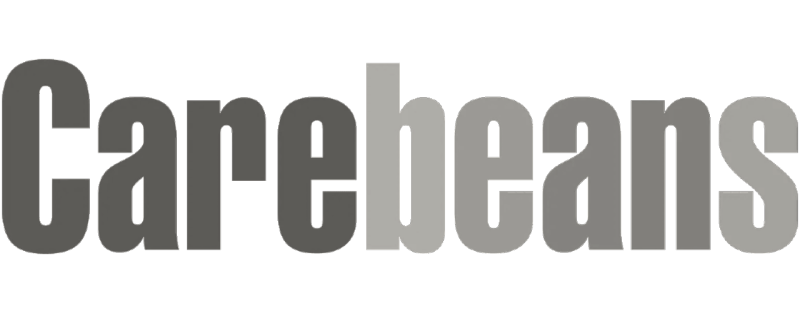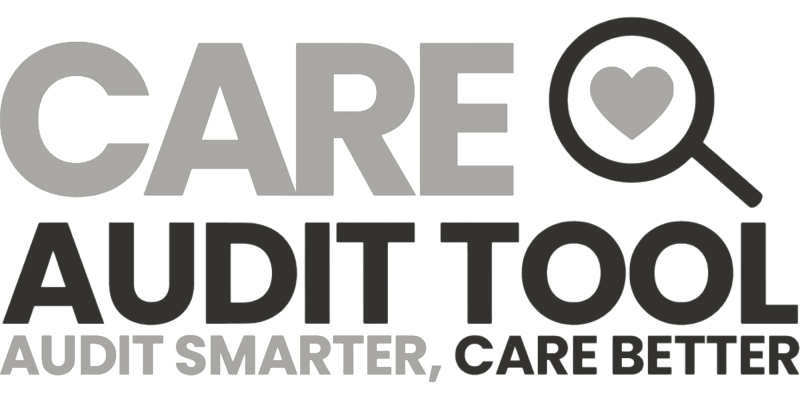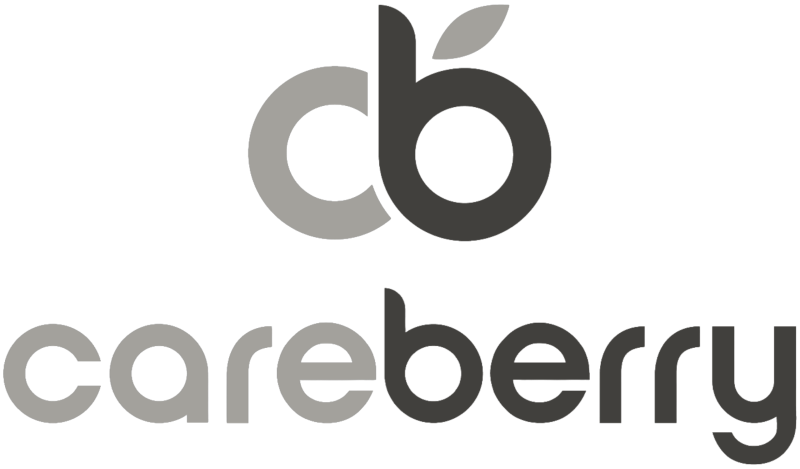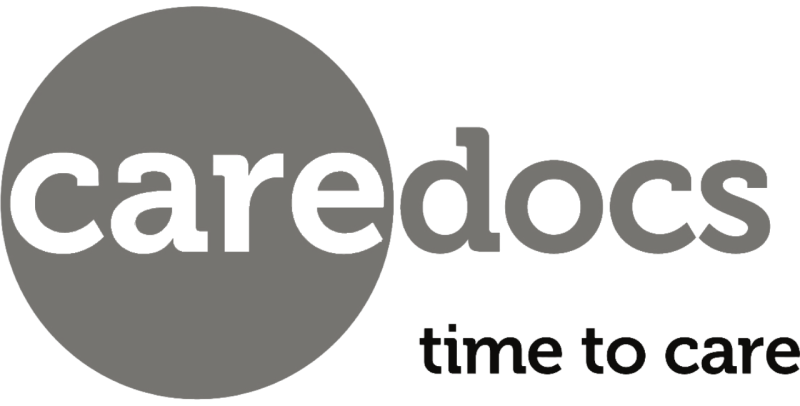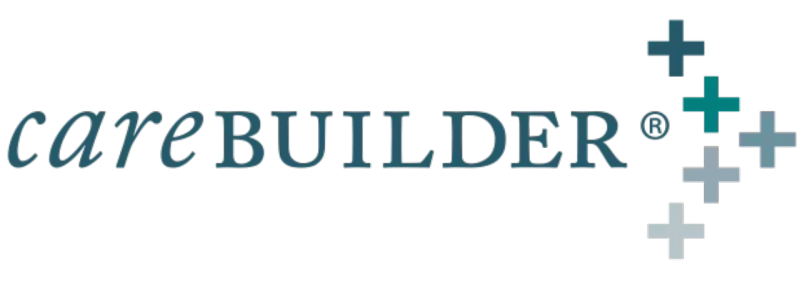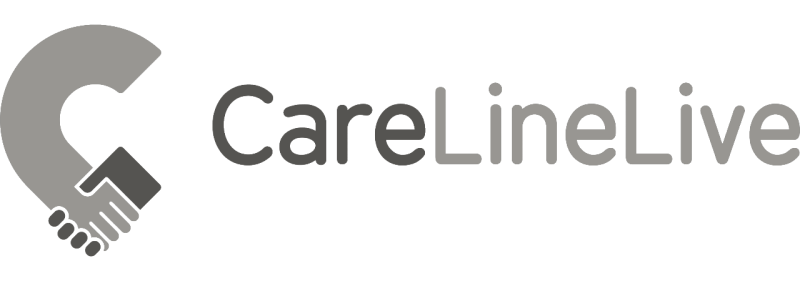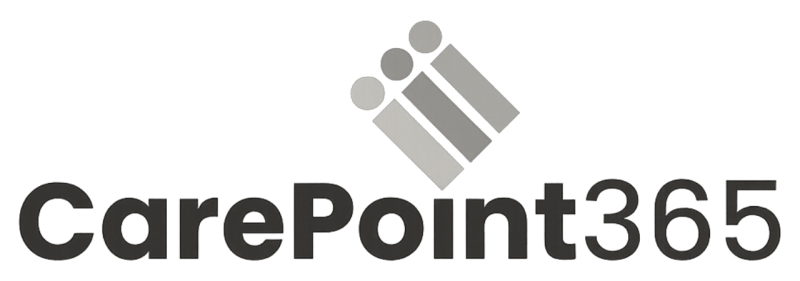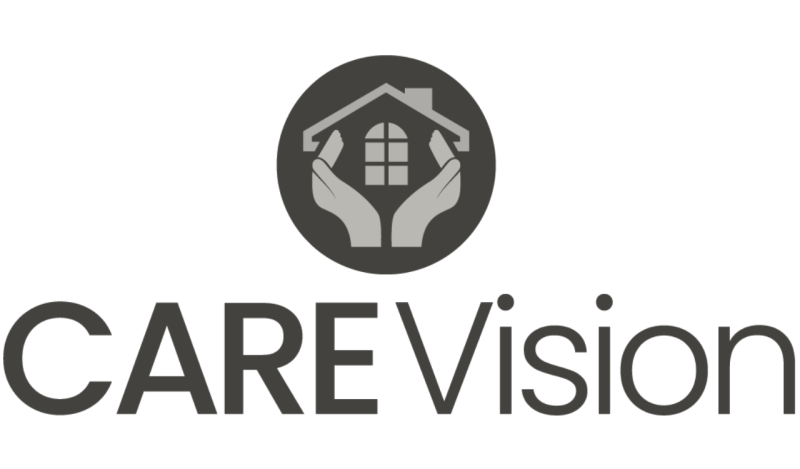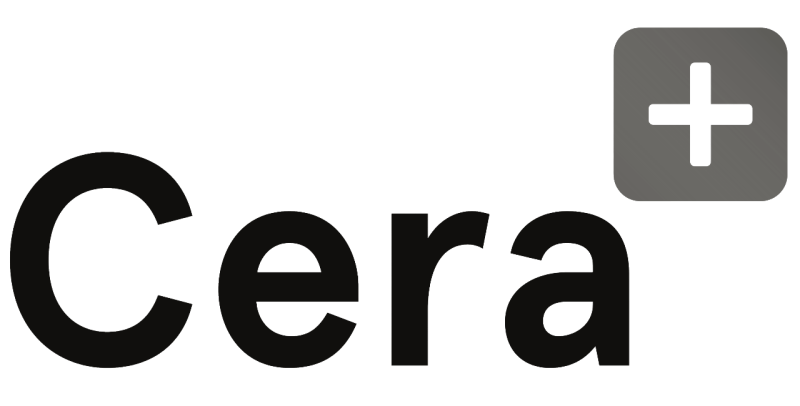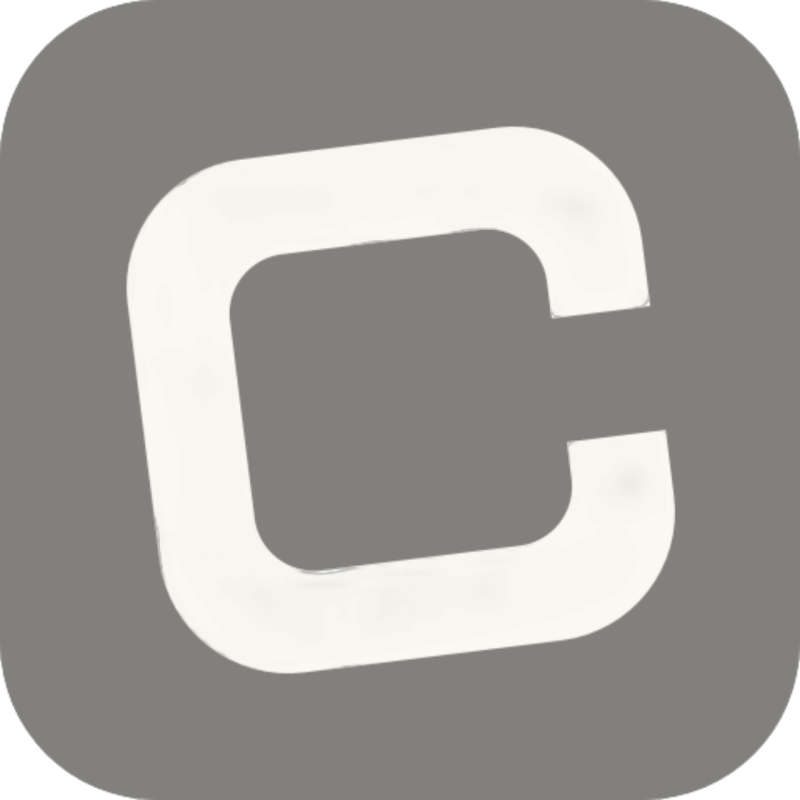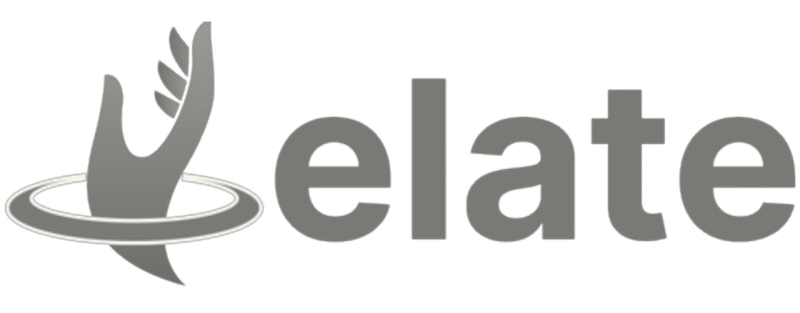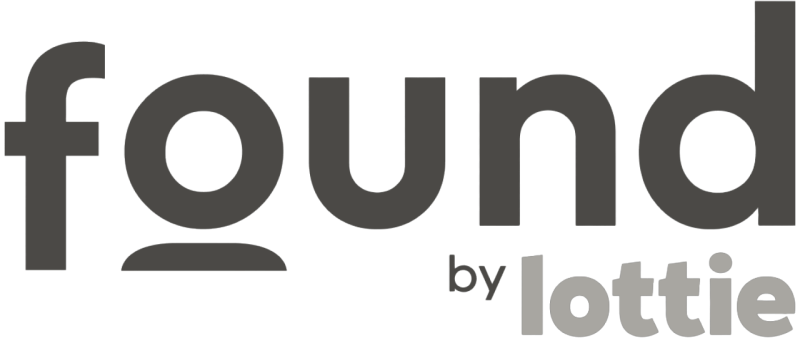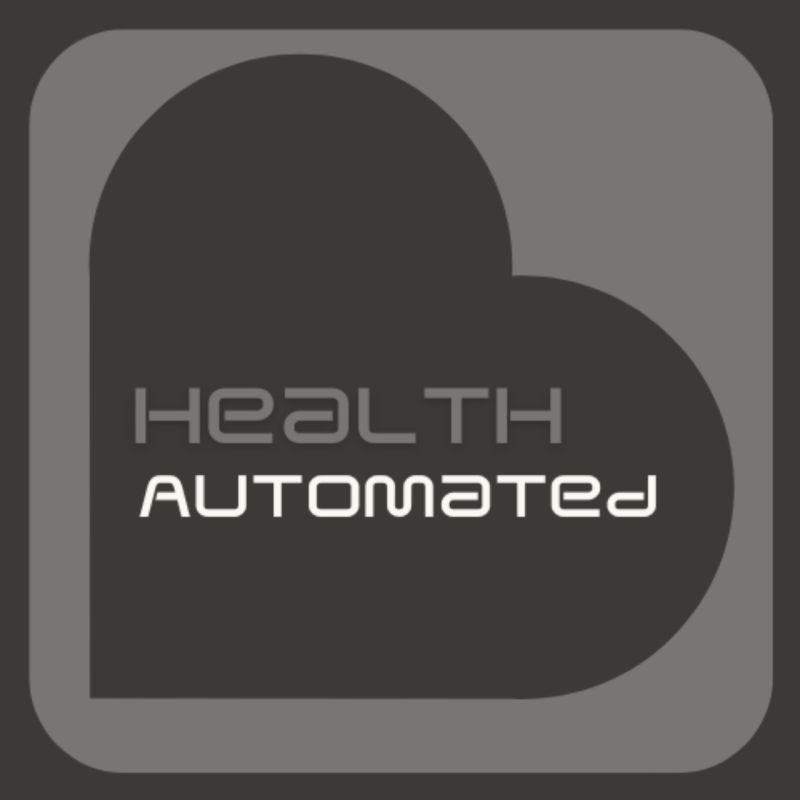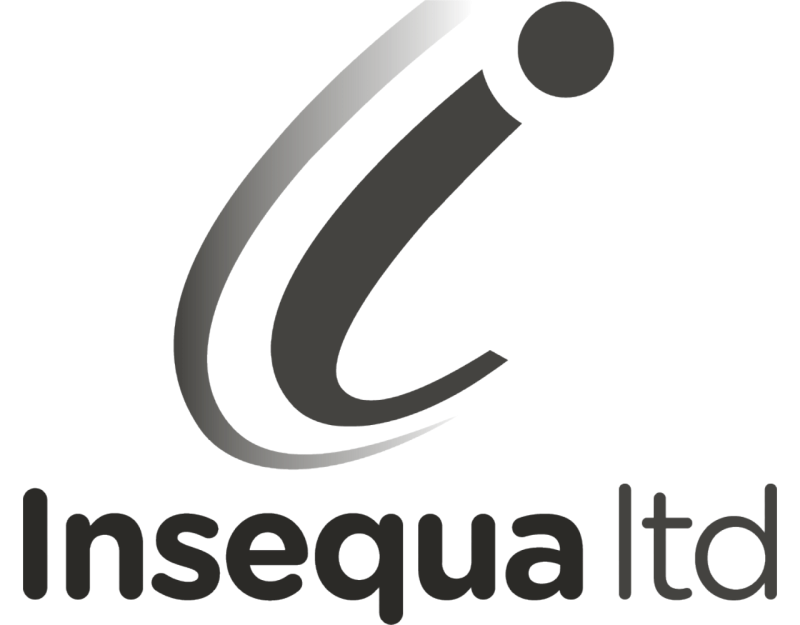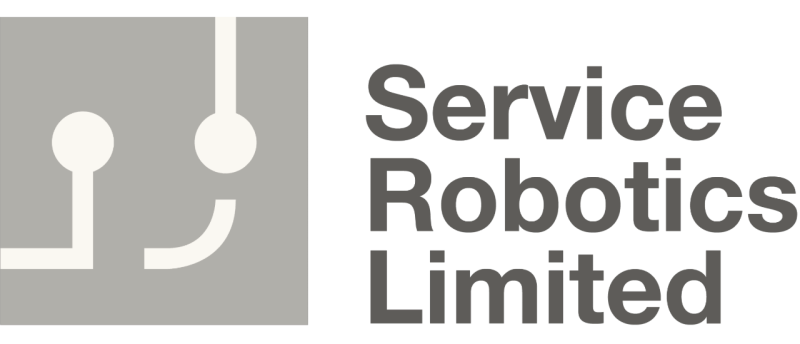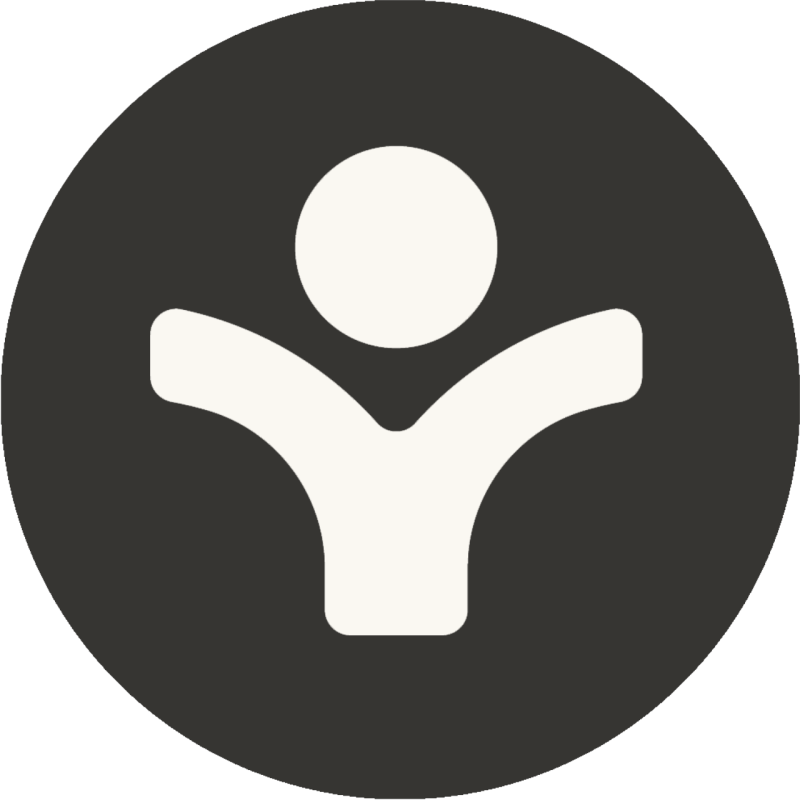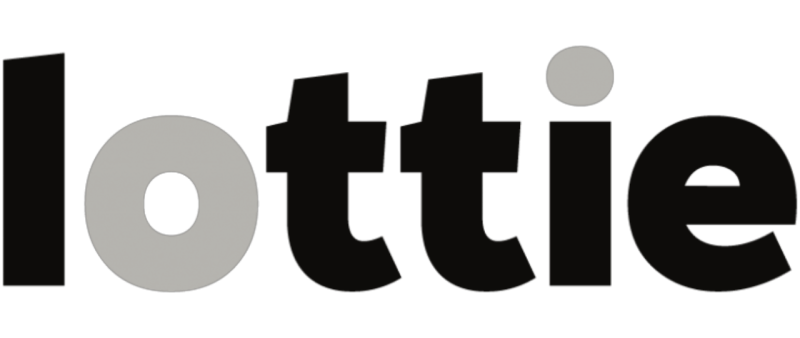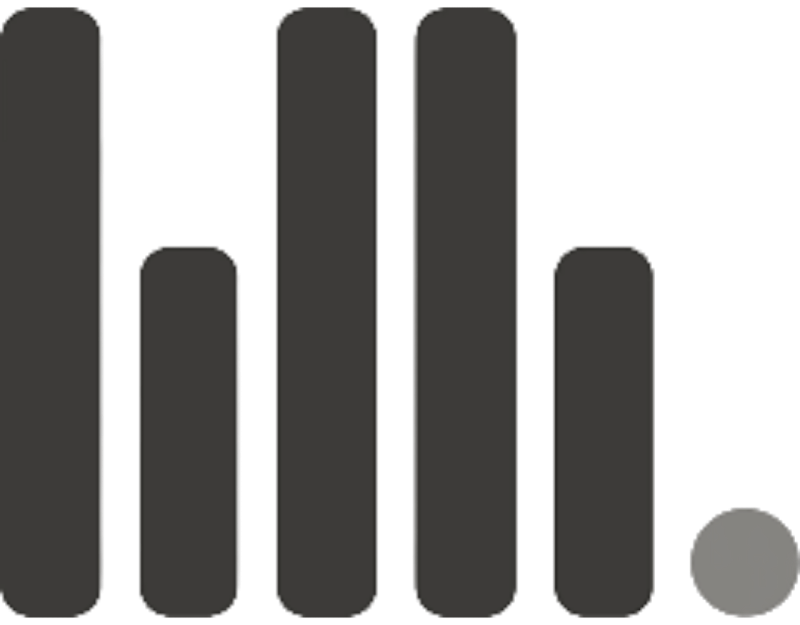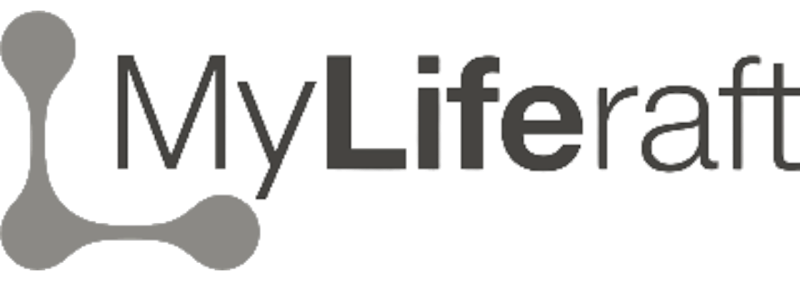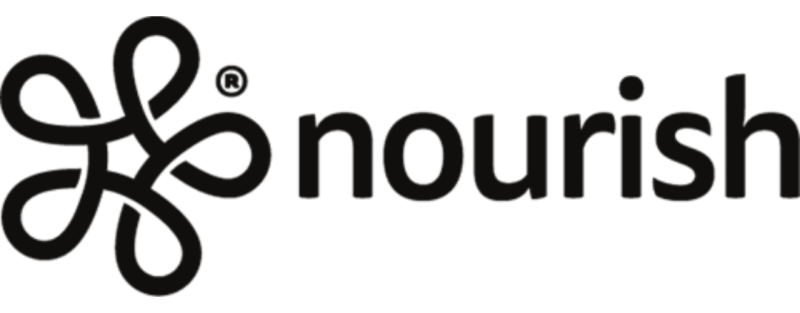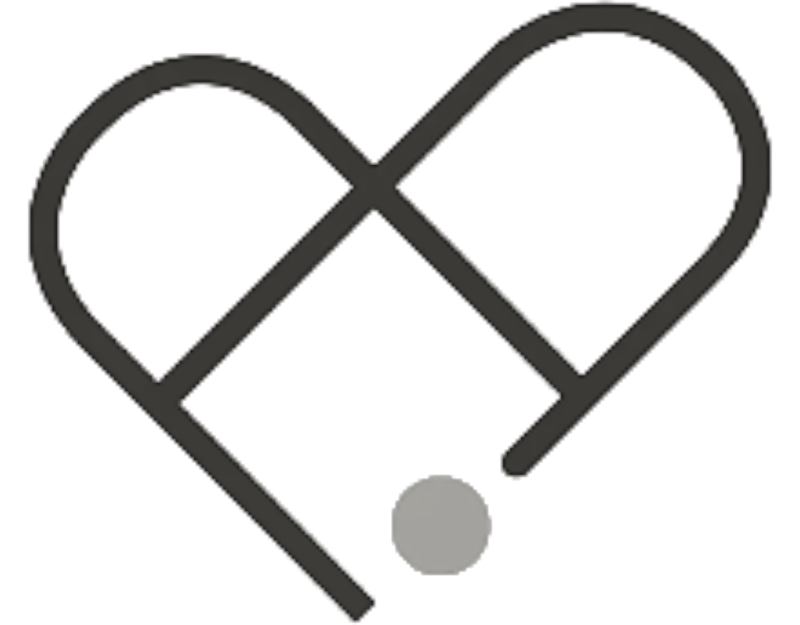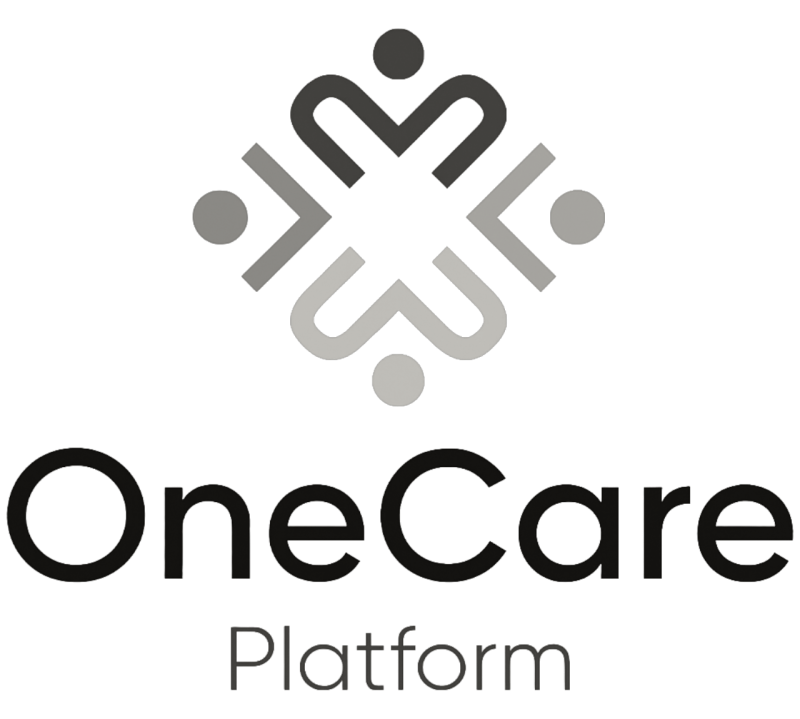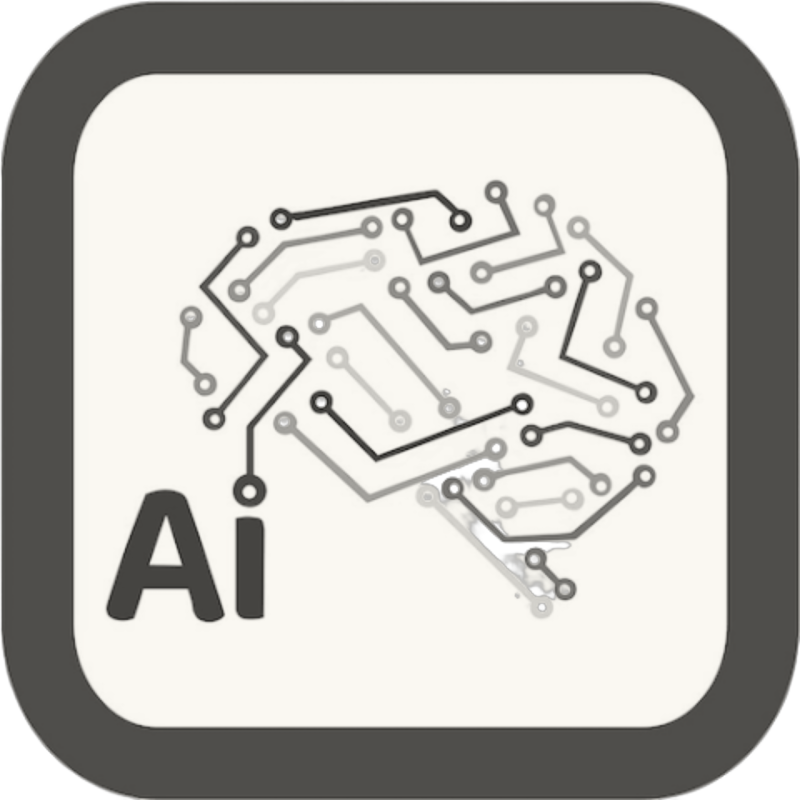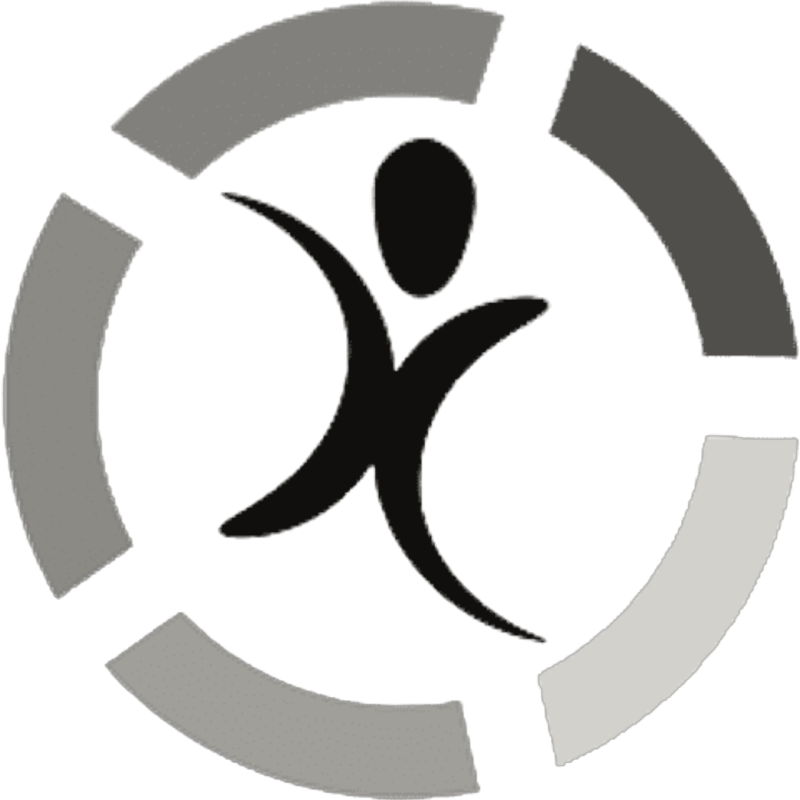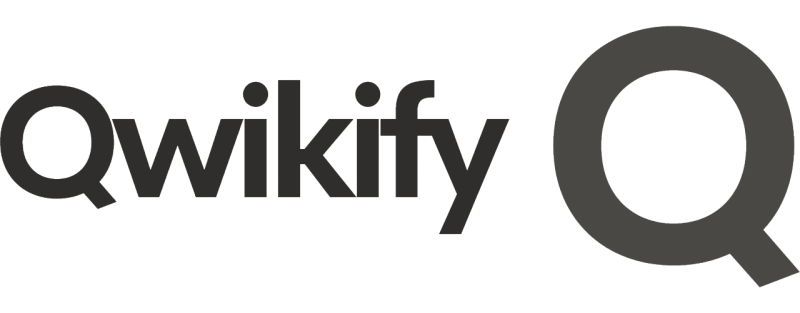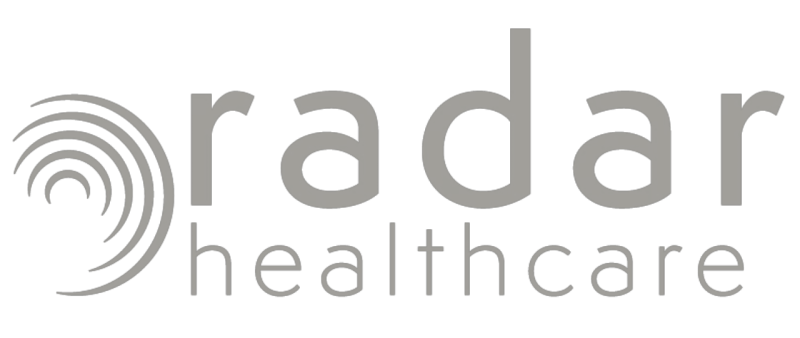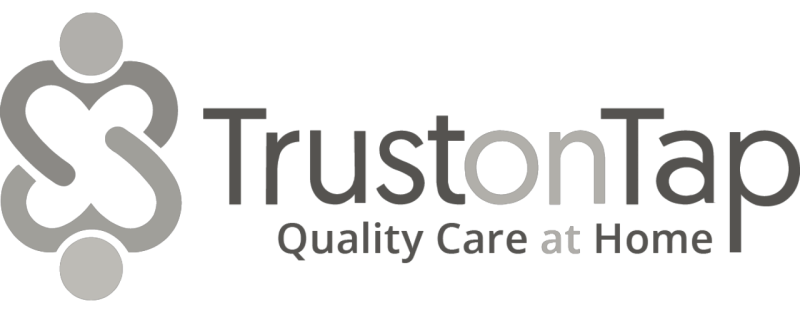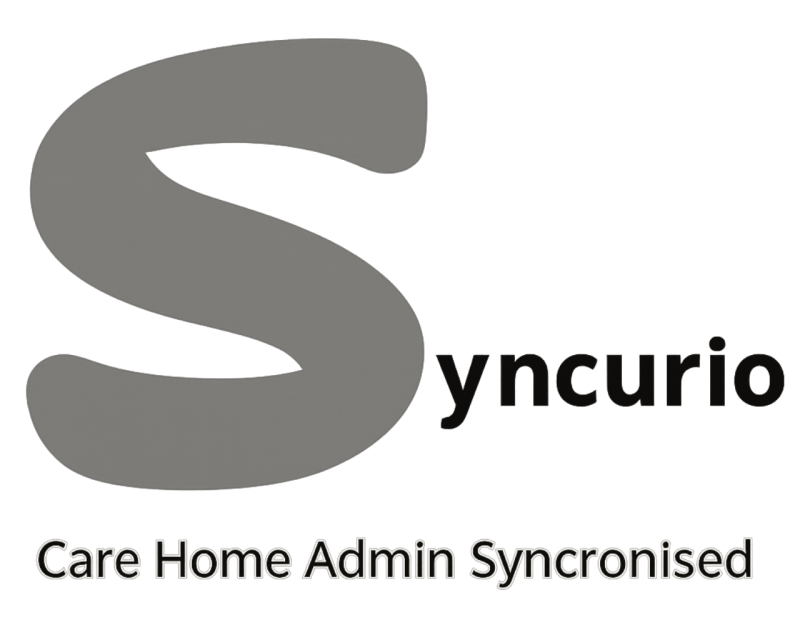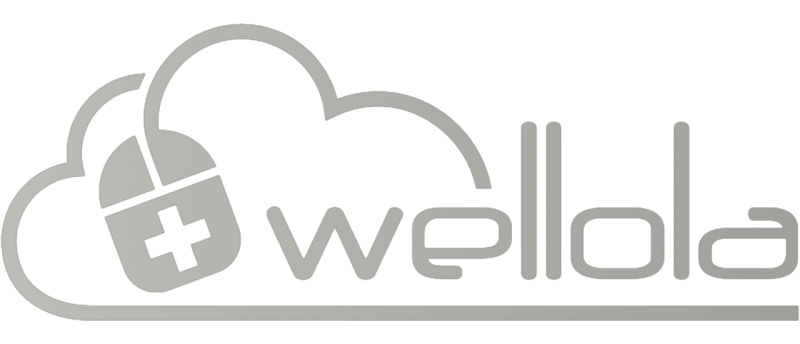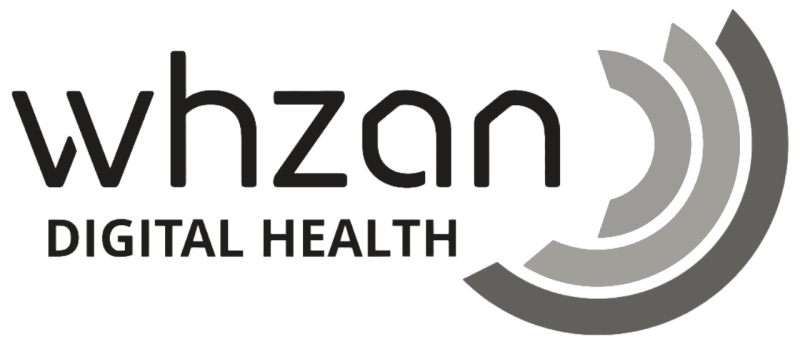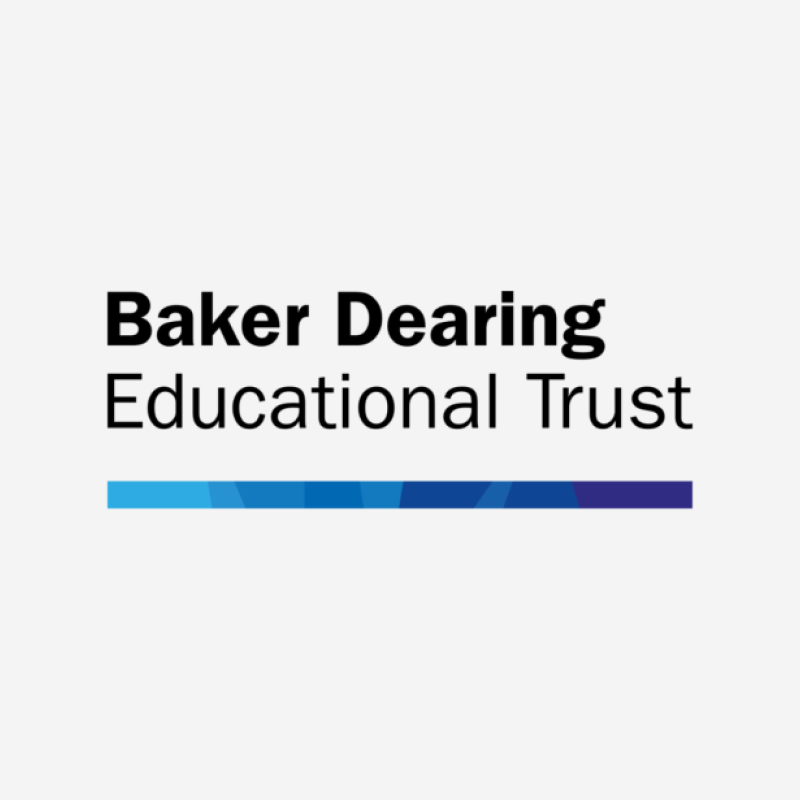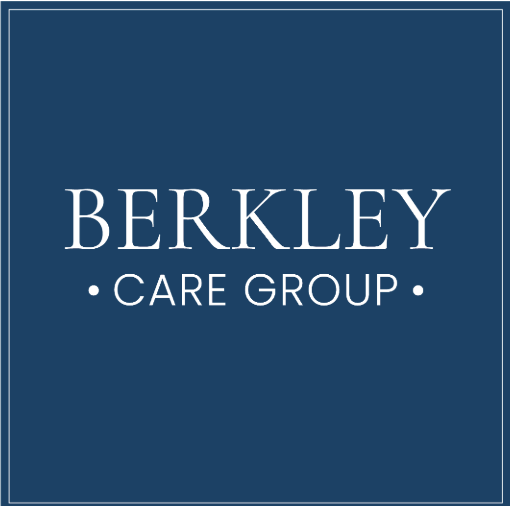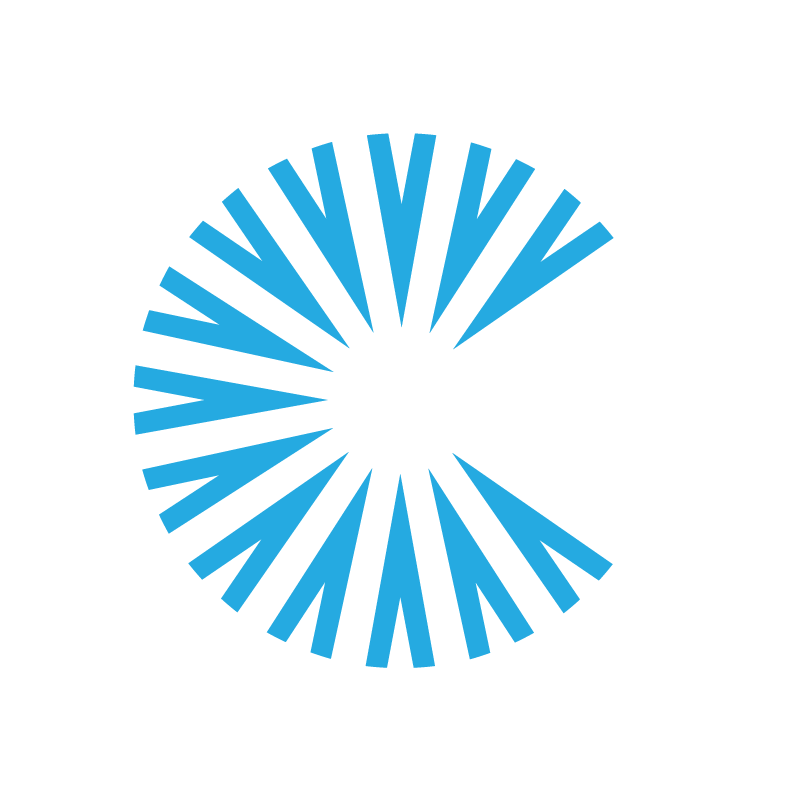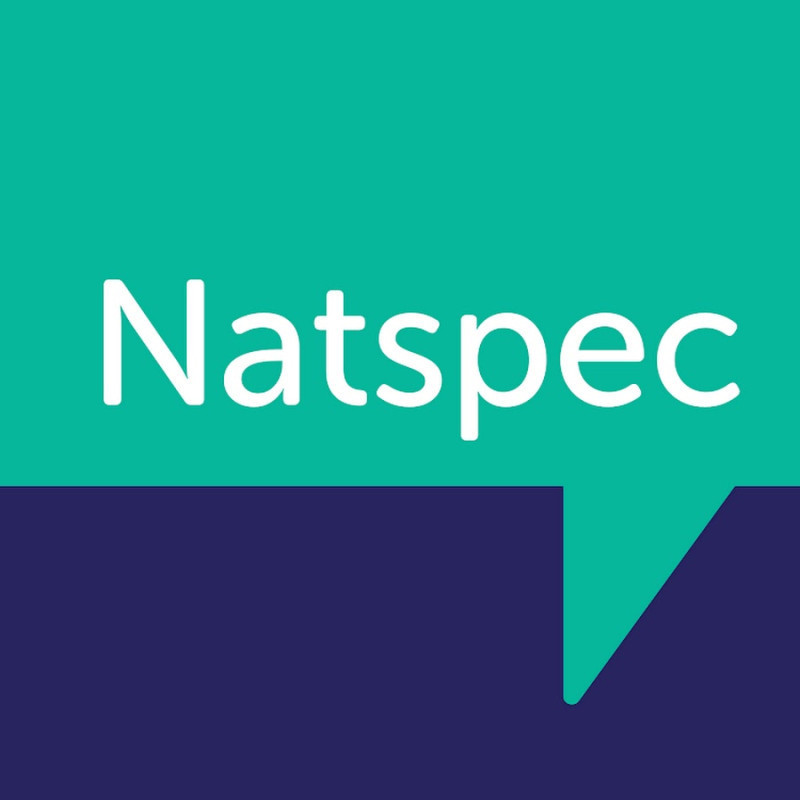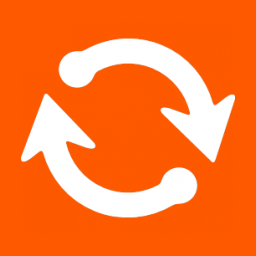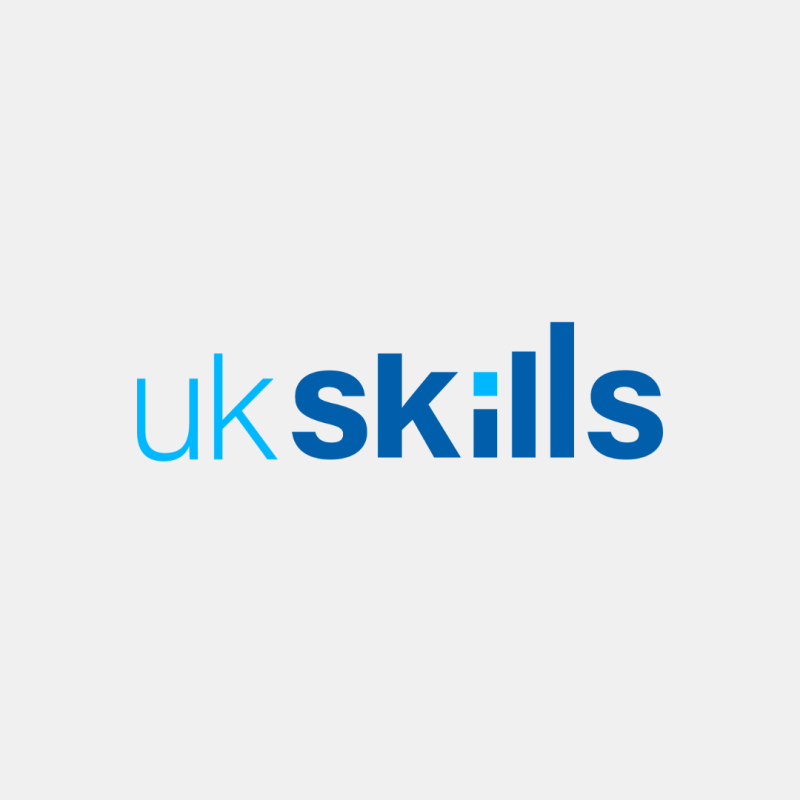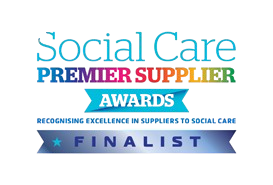Overview
Headquarters: Slinfold, United Kingdom
Categories: Supported Living and Home Care Management (Clinical and Non-Clinical Operations)
Core Product: CareLineLive (cloud-based home care management software)
Introduction
CareLineLive is a leading UK-based provider of all-in-one home care management software, designed to help domiciliary care agencies and supported living providers streamline operations, reduce errors, and improve compliance. Founded in 2012, the company has grown rapidly, now serving more than 650 care providers and 25,000 carers worldwide.
The platform digitises and automates a wide range of administrative and operational tasks, including rostering, payroll, invoicing, compliance, care planning, and medication management. By reducing reliance on paper-based systems and manual processes, CareLineLive enables providers to save time, improve accuracy, and focus more on delivering high-quality, person-centred care.
CareLineLive is also one of the few NHS Assured Digital Social Care Records (DSCR) suppliers, offering free GP Connect integration. This allows carers to access GP summary records in real time, improving continuity of care and reducing delays in decision-making.
User Feedback: Strengths and Weaknesses
Publicly available feedback for CareLineLive is extensive, with a 4.8-star rating on Trustpilot and numerous case studies from providers across the UK and Ireland. Overall, user sentiment is strongly positive, though some caveats are noted.
Positive Feedback
Ease of use and adoption
CareLineLive is consistently praised for its intuitive design. Providers report that carers adapt quickly, even those with limited digital experience. The Carer Companion App is described as straightforward and reliable, with carers able to log visits, record notes, and access care plans in real time.
Efficiency and time savings
Agencies report significant reductions in administrative workload. One provider noted a 25% increase in capacity within six months of adopting CareLineLive, while another reported a 15% increase in care packages without additional recruitment.
Compliance and auditing
Managers highlight CareLineLive’s compliance dashboards, incident reporting, and audit trails as major strengths. The system helps providers maintain CQC readiness and stay on top of training, reviews, and medication management.
Medication management (eMAR)
The electronic medication administration record (eMAR) system is frequently cited as a “game-changer,” reducing errors and improving safety. Integration with GP Connect further enhances accuracy by ensuring carers have up-to-date prescription information.
Family engagement
The Care Circle Portal is widely appreciated, allowing families to view carer notes, observations, and administered medication. Families report greater peace of mind and improved communication with providers.
Support and training
Testimonials consistently praise CareLineLive’s support team. Providers describe onboarding as smooth, with responsive, human support available via phone and email. Many note that this was a deciding factor compared to competitors with less accessible support.
Cost-effectiveness
CareLineLive offers transparent, all-inclusive pricing with no hidden extras. Providers value the fact that all features are included, rather than requiring add-ons or premium tiers.
Negative Feedback and Caveats
Connectivity requirements
As a cloud-based platform, CareLineLive relies on stable internet connections. Some users in rural areas report challenges with connectivity during visits.
Learning curve for advanced features
While the system is intuitive overall, some users note that advanced modules (e.g., finance, reporting, or compliance dashboards) require additional training.
Mobile device management
CareLineLive offers optional fully managed Android handsets with the app pre-installed. While many providers appreciate this, others prefer to use their own devices and must ensure compatibility.
Integration scope
Although CareLineLive integrates with GP Connect, Xero, Sage, and CM2000, details on wider interoperability (e.g., pharmacy or HR systems) are less extensively published than some competitors.
In summary, user sentiment is strongly positive around usability, efficiency, compliance, and support. The main caveats lie in connectivity, training for advanced features, and confirming integration scope.
Products and Capabilities
CareLineLive (Cloud SaaS Platform)
CareLineLive’s platform is designed as an all-in-one solution for home care agencies and supported living providers. Its three interconnected components are:
Management Platform
Rostering with drag-and-drop functionality
Client and carer management
Capacity planning
Invoicing and payroll
Real-time call monitoring with alerts
Reporting and analytics for compliance and performance
Carer Companion App
Real-time access to care plans, tasks, and medication records
Electronic visit records (check-in/out via GPS or NFC)
Incident reporting and observations
Secure communication with managers
Offline functionality for areas with poor connectivity
Care Circle Portal
Family and friends can view carer notes, observations, and medication records
Emergency services can be granted one-off access
Improves transparency and trust between providers and families
Additional features include:
eMAR (Electronic Medication Administration Records)
Digital medication tracking with alerts and audit trails
Integration with GP Connect for real-time prescription updates
Compliance tools
Incident reporting, training compliance, and audit-ready reports
CQC inspection preparation tools
Finance and payroll
Automated invoicing and payroll
Split billing for multiple payers
Integration with Xero and Sage
Optional managed devices
Android handsets with the CareLineLive app pre-installed
Full device management, including remote wipe for security
Interoperability and Standards
CareLineLive is an NHS Assured DSCR supplier, ensuring compliance with national standards for digital social care records.
Key integrations include:
GP Connect: Free integration, giving carers real-time access to GP summary records.
Finance systems: Integration with Xero and Sage.
Workforce systems: Integration with CM2000.
The platform complies with GDPR and UK data protection standards, with encryption, audit trails, and secure hosting.
Market Position
CareLineLive operates primarily in the UK and Ireland, with growing international adoption. It differentiates itself through:
All-in-one functionality: Covering rostering, payroll, invoicing, compliance, eMAR, and family engagement in one system.
NHS assurance: One of the few DSCR-assured suppliers with free GP Connect integration.
Proven impact: Case studies demonstrate increased capacity, reduced errors, and improved compliance.
Customer support: Frequently cited as a key differentiator compared to competitors.
Transparent pricing: All features included, with no hidden extras.
Competitors include Birdie, CarePlanner, CareLineLive, and Care Control. CareLineLive positions itself as the cost-effective, all-in-one alternative with strong compliance and support.
Implementation and Support
CareLineLive emphasises a smooth onboarding process, with tailored training and ongoing support. Case studies highlight successful transitions from paper-based systems, with staff adapting quickly to the intuitive interface.
Support is delivered via phone, email, and online resources. Providers consistently describe the support team as approachable, knowledgeable, and responsive.
Security and Data Protection
CareLineLive prioritises data security with NHS DSCR assurance and full GDPR compliance, ensuring sensitive health and personal data is managed responsibly and in line with sector standards. The platform employs encryption and secure hosting to protect information in transit and at rest, while audit trails and access controls provide accountability and restrict data visibility to authorised users. In addition, remote device management for managed handsets strengthens protection by enabling providers to monitor and secure devices used in the field.
During procurement, CareLineLive encourages providers to request detailed information on its certifications, encryption standards, and hosting arrangements. This transparency allows organisations to fully assess the platform’s security posture and make informed decisions about its suitability for their care management requirements.
Conclusion
CareLineLive is a leading UK provider of home care management software, offering a comprehensive, cloud-based platform that simplifies both clinical and non-clinical operations. Its strength lies in unifying rostering, payroll, invoicing, compliance, eMAR, and family engagement into one system.
User feedback consistently highlights ease of use, efficiency gains, compliance confidence, and responsive support, while challenges include connectivity requirements, training for advanced features, and confirming integration scope.
For home care providers seeking a cost-effective, all-in-one platform that reduces errors, improves compliance, and empowers carers, CareLineLive represents a credible and innovative option. Its NHS assurance, GP Connect integration, and strong customer support position it as a trusted partner for the future of home care.
References
CareLineLive Official Website – Homecare Management Software https://carelinelive.com/
Care Tech Guide – CareLineLive Overview https://caretechguide.co.uk/products/carelinelive-carelinelive/
National Care Forum – CareLineLive Partner Overview [https://www.nationalcareforum.org.uk/partners/carelinelive/](https://www.nationalcareforum.org
